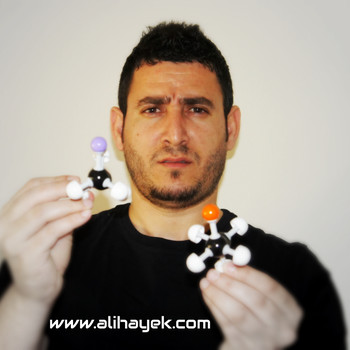Gas samples A, B, C are contained at STP. Partial pressure of sample A is 38.0 kPa and sample B is 19.0 kPa. What is the partial pressure of sample C?
2 Answers
Explanation:
If the mixture of gases A, B and C is contained at STP, this means that the total pressure is 1 atm.
Note that
According to Dalton's law, the total pressure of a mixture is equal to the sum of the partial pressures of the gases in the mixture:
Pressures are additive. The pressure exerted by C is approx. 44 kPa.
Explanation:
Dalton's law of partial pressures states that in a gaseous mixture the partial pressure exerted by each component is the same pressure it would exert if it ALONE occupied the container; the total pressure is the sum of the partial pressures. We know that the total pressure is atmospheric, 101.3 kPa. Since the partial pressures,


